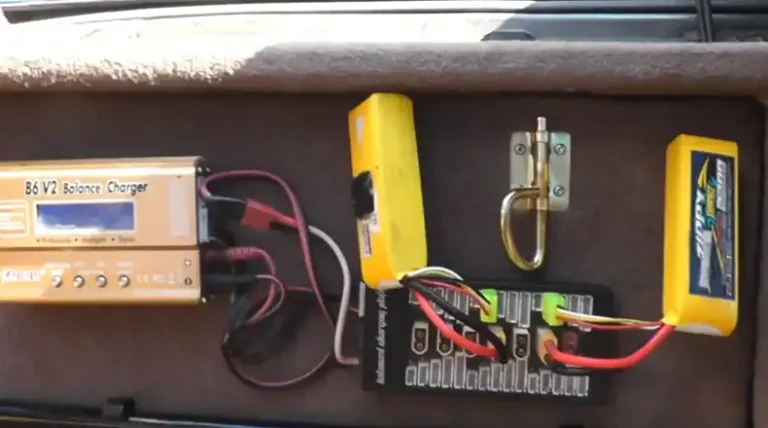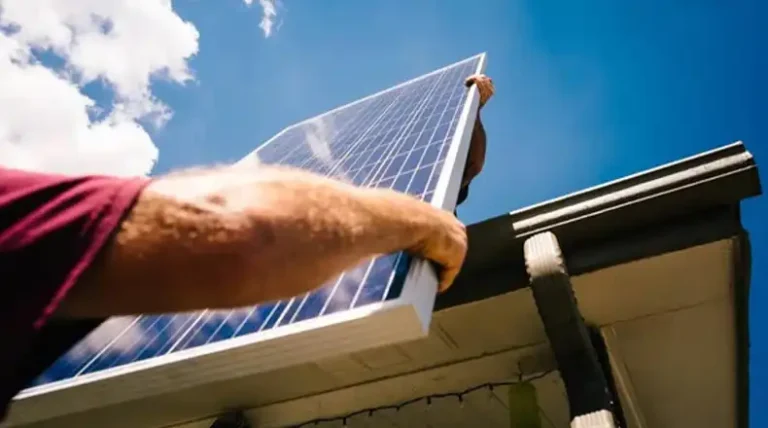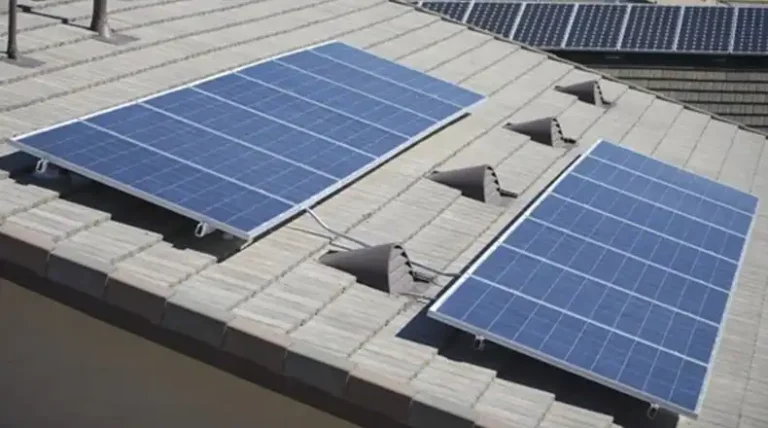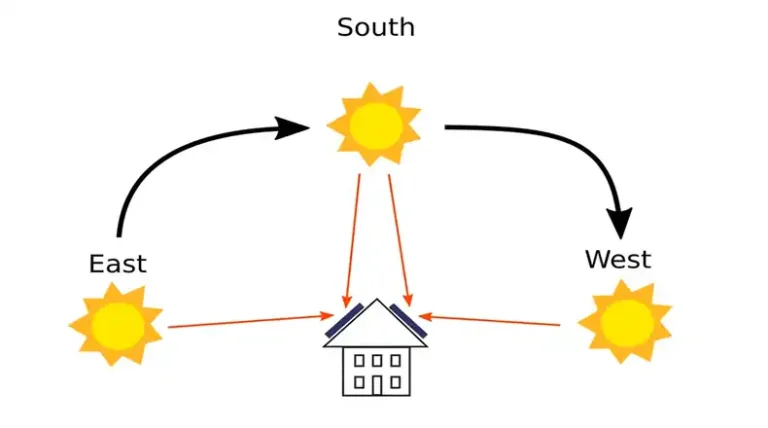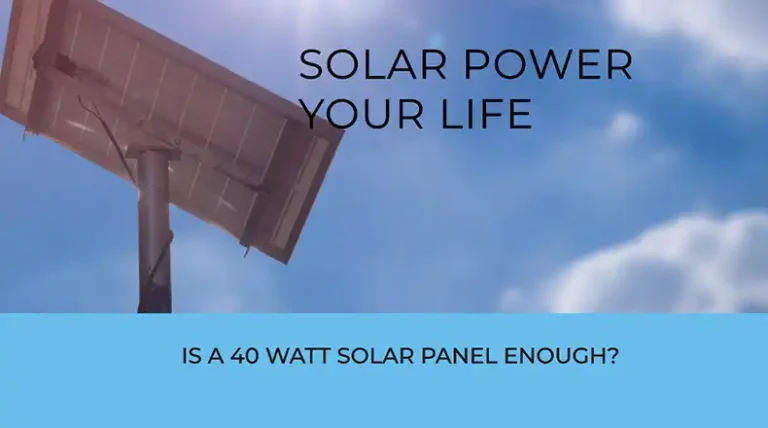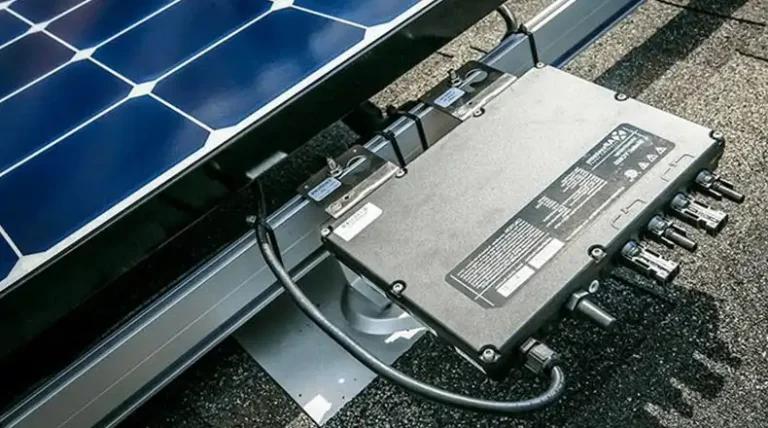Can You Use a Magnifying Glass on a Solar Panel? Is It Possible?
Solar energy is one of the most promising renewable energy sources available today. It is clean, abundant, and can be used to generate electricity for homes, businesses, and even entire communities.
However, solar panels can be quite expensive to purchase and install. You may have heard that using a magnifying glass to concentrate sunlight onto solar cells can increase efficiency. And if you are thinking of doing so, then yes, you can do that.
We’ll take a closer look at whether it’s ideal, the benefits and drawbacks, and by the end, you’ll have a crystal-clear understanding of this solar-powered puzzle.
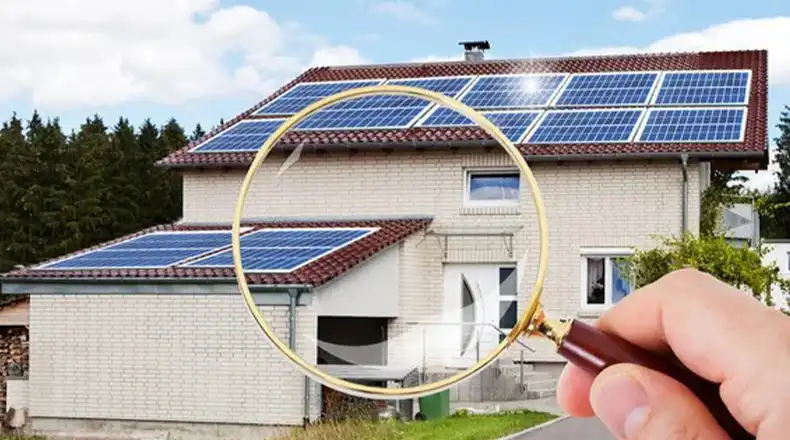
Will it Be Ideal to Use a Magnifying Glass on a Solar Panel?
Solar panels are the unsung heroes of the renewable energy world, but every hero can use a sidekick, right? So, is a magnifying glass the Robin to your solar panel’s Batman? Well, it’s not as straightforward as it might seem.
The short answer is, yes, you can use a magnifying glass on a solar panel to increase its efficiency. However, like most things in life, the devil is in the details. The key is to use it correctly. We’ll delve into the nitty-gritty of this technique shortly. But before we jump into the how, let’s talk about the why.
Is Using a Magnifying Glass Beneficial?
Using a magnifying glass on a solar panel has a tantalizing promise—it can potentially boost the power output of your solar panel, translating to more energy savings and a reduced carbon footprint. Who wouldn’t want that? But, like your favorite superhero, it comes with its own set of challenges.
Solar panels are designed to capture sunlight efficiently over their surface area. When you place a magnifying glass over a solar panel, you’re essentially focusing more sunlight onto a smaller area. This concentrated sunlight can increase the temperature on that spot, potentially producing more electricity.
But here’s the twist: it’s a delicate balancing act. You must ensure the temperature doesn’t rise too high, or you might end up damaging your solar panel. It’s like trying to fry an egg on a scorching summer sidewalk without cracking the concrete.
Issues You Will Have While Using a Magnifying Glass on a Solar Panel
Using a magnifying glass with a solar panel can be as rewarding as it is challenging. While using it, the most irritating issues you will have –
- Overheating, and
- Need to track the system according to the Sun’s movement.
Overheating
Magnifying glasses concentrate sunlight, which can cause the solar panel to overheat. This can damage the solar cells and reduce their efficiency. That’s why you will need to overcome this issue. To do so, you can go for Solar Water Heater Collector which will help you to reduce the excess heat. Basically, the infrared rays are blamed for heat generation.
Besides the Solar Water Heater collector, you can do another thing, which is using multi-layer solar panels. Multi-layer solar panels are more efficient at converting sunlight into electricity than single-junction solar panels. This is because they have multiple layers of semiconductor materials, each of which is designed to absorb a different wavelength of light. This allows multi-layer solar panels to capture more of the solar spectrum, resulting in higher electricity production
Tracking
In order to maximize the amount of sunlight that is concentrated onto the solar panel, the magnifying glass must be positioned so that it is directly facing the sun. This means that the magnifying glass will need to be tracked throughout the day to follow the sun’s movement.
There are a few ways to track the magnifying glass:
- Use a manual tracking system, which requires you to manually adjust the position of the magnifying glass throughout the day.
- Use an automatic tracking system, which uses sensors to track the sun’s movement and automatically adjust the position of the magnifying glass.
Automatic tracking systems are more expensive than manual tracking systems, but they are also more convenient and efficient.
Benefits and Drawbacks of Using Magnifying Glass on a Solar Panel
Benefits
- Enhanced Efficiency: By focusing sunlight onto a smaller area, a magnifying glass can increase the solar panel’s efficiency, especially in low-light conditions.
- More Energy Harvest: This method can help generate more electricity, making it a useful option for off-grid setups or during emergencies.
- More Efficiency in Limited Daylight Area: If you are from a state that has very limited daylight time then this procedure will be helpful for you. As it will enhance the panel’s performance in low light. Compared to the traditional way, using a magnifying glass will help you to generate more!
Drawbacks
- Potential Damage: Excessive heat can harm the solar panel’s photovoltaic cells. It’s like playing with fire, but instead of a marshmallow, you might melt your solar investment.
- Maintenance Challenges: You need to ensure the magnifying glass is aligned correctly throughout the day, tracking the sun’s movement, which can be a logistical challenge.
- Weather Dependency: This method is most effective on sunny days. Cloudy or overcast conditions can diminish the benefits.
- Not a Magic Bullet: While it can boost efficiency, don’t expect a miraculous 100% increase in power output. The gains may be marginal.
Final Thoughts
In the quest to maximize the efficiency of your solar panels, using a magnifying glass can be a valuable tool in your arsenal. However, it’s not without its challenges and risks. If you decide to go down this path, exercise caution and ensure you’re not inadvertently damaging your solar panel.
Remember, like any superhero team-up, it’s all about teamwork. Your solar panels are doing their best to harness the sun’s power; you can lend a hand with a magnifying glass, but make sure it’s a well-thought-out partnership.

